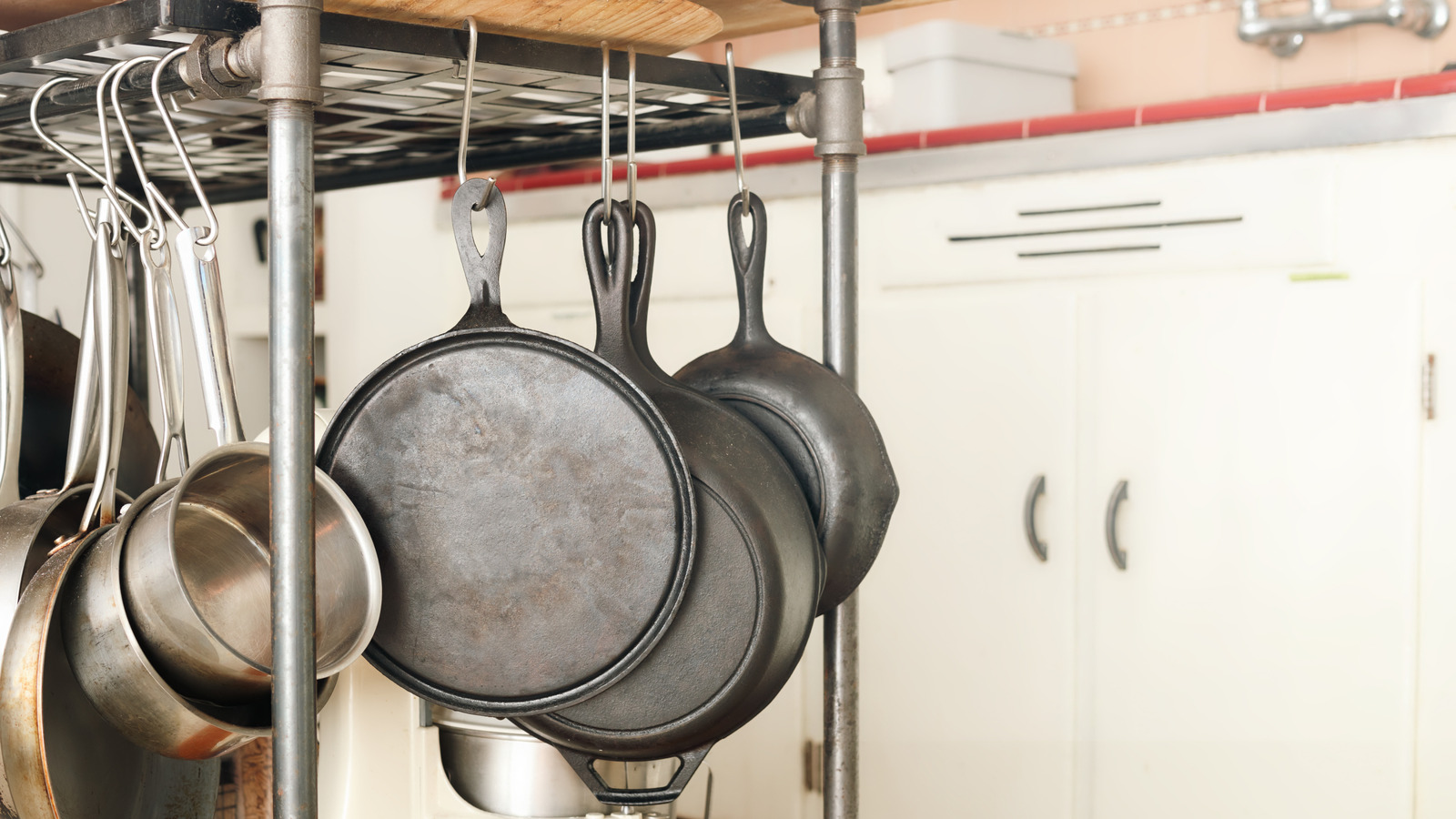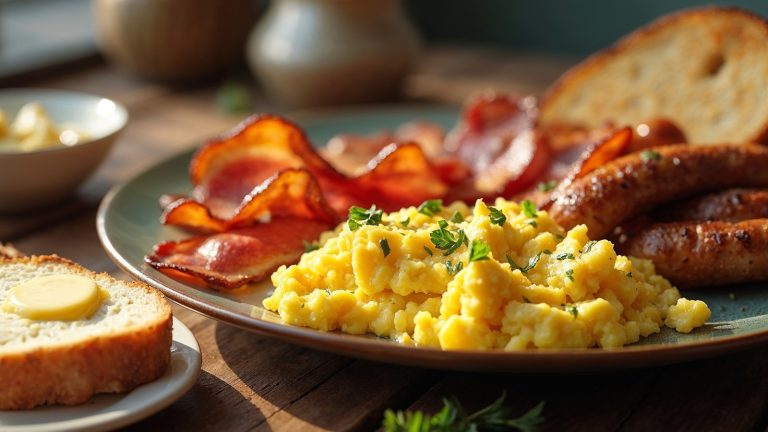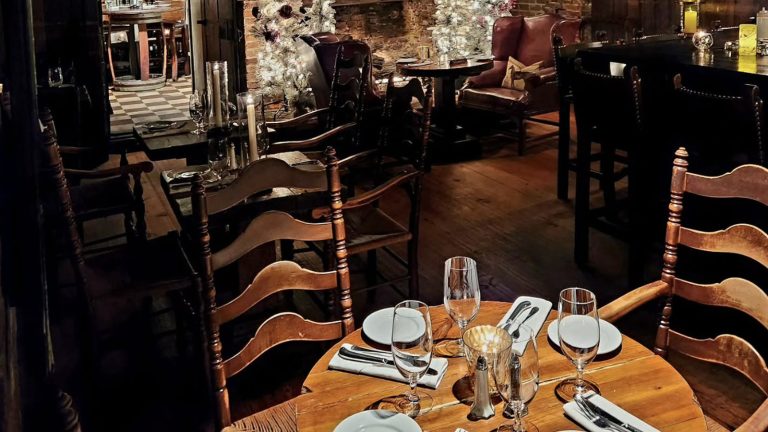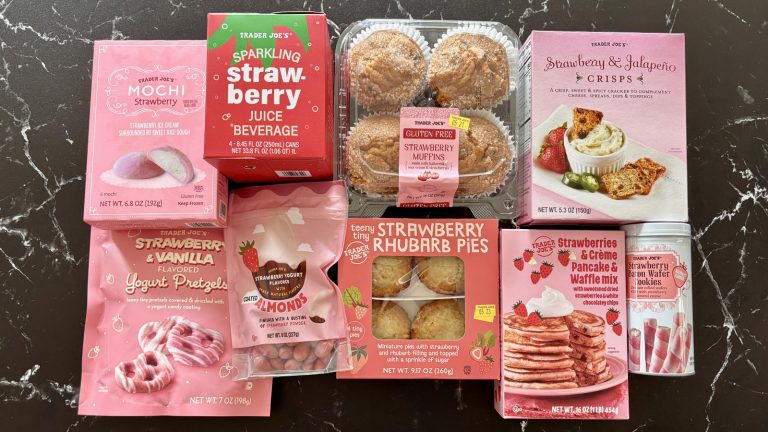Although cast irons are beloved by diehard users, they can be intimidating. Some may think the heavy, dark cookware is too finicky or only suitable for open-fire cooking over a campfire, but the truth is that when properly cared for, a well-seasoned cast iron skillet can be used at home daily. In fact, David Chang thinks every kitchen needs a cast iron skillet, even if you have an electric stove. While it’s easy to buy new and pre-seasoned, there is a certain charm in searching for and restoring shoddy old cast iron pans. Not all vintage cast iron is salvageable, though, and there are some deal-breakers to be on the lookout for.
Although cast iron pans are meant to last a lifetime, there are a few tell-tale signs that you should look for when purchasing vintage cookware, specifically any cracks or warping. If the iron is cracked, there is tragically no saving the pan. A crack in cast iron will begin to let moisture, fat, and even food particles through and would likely lead to further damage. Additionally, keep an eye out for any pitting. These deep pockmarks, or small, crater-like holes, in the surface of the pan are commonly caused by leftover moisture or extended acid exposure. Any holes or divots in the surface pan are unlikely to be fixable, as the uneven surface makes it difficult to season the pan properly.
Proper cast iron care leads to pan longevity
While there are a multitude of inspiring before-and-after photos of severely rusted cast iron pans being restored to gleaming perfection, sadly not all cast iron cookware can be restored. Still, when shopping for a second-hand cast iron pan, don’t let rust (or a less-than-shiny surface) scare you away. There are great ways to remove rust from a cast iron skillet and bring life back into a shoddy piece of cookware. You may already have the rust-removing kitchen tool lying around to help. As you embark on a vintage cast iron restoration journey, make sure you know how to properly season your pan so you can know what to strive for in an end result.
If you happen to develop some rust or lose your seasoning coating, fear not. We all make mistakes with cast iron cookware, and there are ways to fix those mistakes. Start using your cast iron skillet more, as the more frequently you use the pan, the more seasoning and better flavor it will develop, creating that prized non-stick surface on your cookware. Once you’ve brought your gorgeous vintage cast iron pan back to life, make sure to care for and store it properly so that it will last yet another lifetime.






